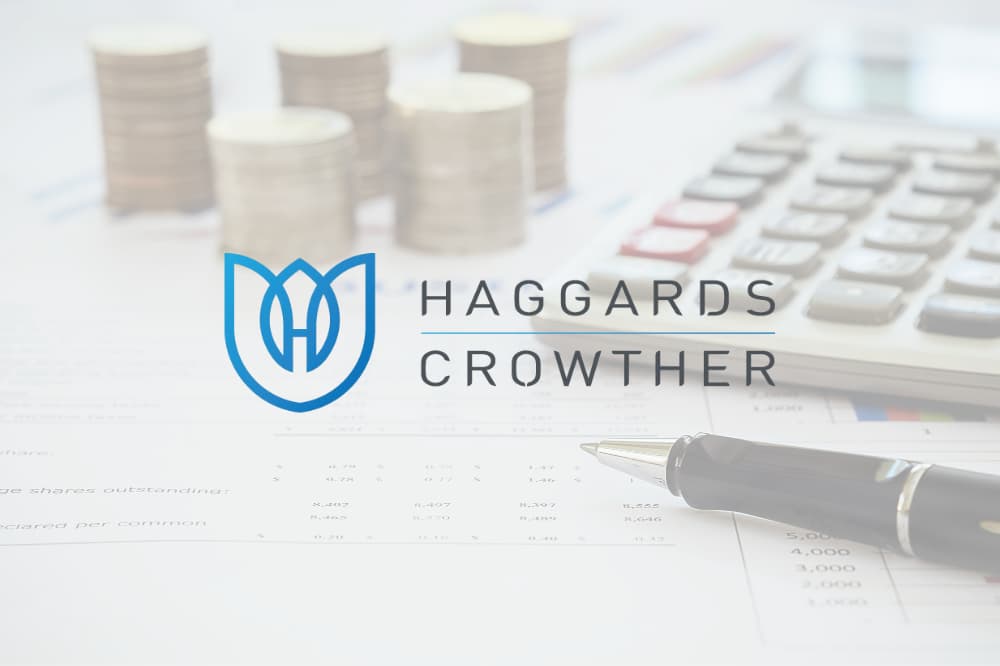
Top 10 Ways High Earners Can Reduce Their Tax Bill in the UK
18th June, 2025
Tax planning is an important aspect of financial management, allowing you to use all available tax reliefs and deductions to minimise your overall tax burden while protecting and growing your wealth. The UK tax year ends on April 5th, resetting tax allowances and forfeiting any unused amounts.
This transition provides a valuable opportunity to fine-tune your financial strategies. Given the complexity of the UK tax system, staying informed about the latest tax rules and allowances is important. Read on to discover ten effective strategies for reducing your tax bill as a high earner in the UK.
1. Maximise Pension Contributions
Contributing to a pension is one of the most effective ways to reduce taxable income. Payments into a pension scheme are tax-deductible, meaning the amount you contribute is subtracted from your taxable income.
- Annual Allowance: The standard annual allowance is £60,000 for the 2023/24 tax year. Contributions beyond this limit may incur tax charges unless unused allowances from the previous three years are carried forward.
- Higher Earnings Caveat: If your income exceeds £260,000, your pension allowance may be tapered down to a minimum of £10,000 per year.
- Tax Relief: Private pension contributions attract a 25% government top-up for basic-rate taxpayers. Higher and additional rate taxpayers can claim additional relief through their self-assessment.
- Adjusted Net Income: Pension contributions also reduce your adjusted net income, which could help restore your Personal Allowance if your income falls between £100,000 and £125,140.
Employer contributions to your pension are not taxed, making this a cost-effective strategy. Whether you contribute through a workplace or private scheme, the tax advantages remain one of the best tools available to high earners.
2. Tax-Efficient Investments
Certain investment schemes offer tax reliefs that can significantly reduce your taxable income. These include:
- ISAs (Individual Savings Accounts): Earnings within ISAs are tax-free, and you can invest up to £20,000 per year.
- Seed Enterprise Investment Scheme (SEIS): Offers up to 50% income tax relief on investments up to £100,000.
- Enterprise Investment Scheme (EIS): Offers 30% income tax relief on investments in qualifying companies.
- Venture Capital Trusts (VCTs): Offers 30% income tax relief on investments up to £200,000.
If the business you invest in succeeds, capital gains may also be tax-free after a minimum three-year holding period.
Interested in tax-efficient investments? See how we can support you here.
3. Salary Sacrifice Schemes
Salary sacrifice schemes allow you to exchange part of your salary for non-cash benefits, such as:
- Childcare Vouchers
- Cycle-to-Work Schemes
- Electric Vehicle Leasing
Participating in salary sacrifice schemes can not only lower your taxable income but can also reduce your National Insurance Contributions (NICs), leading to further savings.
4. Use Gift Aid and Charitable Donations
Donations to registered charities under the Gift Aid scheme are tax-efficient. High earners paying 40% or 45% tax can claim additional relief on their self-assessment tax return.
- How It Works: For every £1 you donate, the charity receives £1.25. As a higher-rate taxpayer, you can claim back the difference – meaning a £1,000 donation effectively costs you just £750.
- Adjusted Net Income: Like pension contributions, Gift Aid donations reduce your adjusted net income, which may help you retain personal tax allowances.
- No Limit: There is no cap on the amount of Gift Aid donations you can make. Keep detailed records to ensure you can claim all applicable reliefs.
5. Transfer Income to a Spouse or Civil Partner
If your spouse or civil partner pays a lower tax rate, transferring income-generating assets can lower your overall tax bill. This strategy works especially well for assets that generate rental income or dividends from investments.
By shifting ownership of such assets to the lower-earning partner, the income generated will be taxed at their lower rate, potentially saving a substantial amount in taxes.
Additionally, married couples can transfer £1,260 of their allowance if one partner earns below the threshold. This approach allows couples to take advantage of the tax bands and allowances available to them, leading to better tax planning and substantial savings.
6. Claim Available Allowances and Reliefs
High earners should take advantage of available tax allowances to reduce taxable income and minimise tax liability. Two key allowances are the Personal Tax Allowance and the Dividend Allowance:
- Personal Tax Allowance: Higher-rate taxpayers can earn up to £500 in interest income tax-free from savings accounts, bonds, and other interest-generating assets. This helps lower the tax paid on savings interest.
- Dividend Allowance: The Dividend Allowance for the 2023/24 tax year allows you to receive up to £1,000 in dividend income without paying tax. This is particularly useful for investors with stocks, shares, or dividend-paying funds.
➤ Learn more about personal tax allowance for the 2024/25 tax year.
7. Consider Incorporation for Business Owners
If you’re self-employed or run a business, incorporation could reduce your tax liability. As a company director, you can:
- Pay yourself a combination of salary and dividends, which are taxed more efficiently.
- Benefit from corporation tax rates (currently 25% for profits over £50,000) rather than higher personal income tax rates.
8. Manage Capital Gains Tax (CGT)
Planning the disposal of assets over multiple tax years allows you to fully use the annual Capital Gains Tax (CGT) exemption. By spreading sales across different years, you can reduce your taxable gains each year and lower your CGT liability.
Additionally, spouses or civil partners can combine their exemptions by transferring assets to each other before disposal. This allows each person to use their own exemption, effectively shielding more of the total gains from tax. This strategy is particularly useful for couples with different income or asset values.
9. Review Your Tax Code and Expenses
Checking whether your tax code is correct is important to avoid overpaying your taxes. If your tax code is wrong, you could be paying more than you need to as it determines how much tax-free income you’re entitled to.
If you believe your tax code is incorrect, contact HMRC to rectify it promptly. Additionally, if you incur work-related expenses, be sure to claim them. This can include professional subscriptions, travel costs, work-related equipment, or even home office expenses.
These deductions can reduce your taxable income, potentially lowering your overall tax liability. Keeping records of these expenses and submitting them through your self-assessment or to your employer can lead to significant savings.
10. Seek Professional Advice
We recommend consulting a tax advisor to explore these strategies in more detail. Whether you’re looking to invest in tax-efficient schemes, maximise your pension contributions, or explore other avenues for reducing your tax bill, professional guidance ensures you stay compliant and make the most of available opportunities.
We offer a 30-minute free consultation – so get in touch today!

Terry started life at HM Revenue and Customs before moving to Ashdens and then on to BDO and Chantrey Vellacott, the combination of which has provided Terry with a wide breadth of experience which has proved invaluable when helping a broad range of clients with their tax affairs.
Whether it involves meticulously organising a client’s tax affairs or leveraging his expertise to mitigate their tax exposure, Terry has a passion for delivering tangible results.





